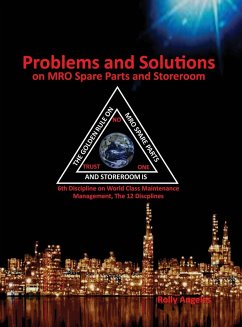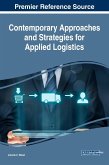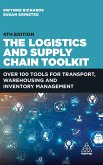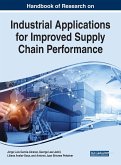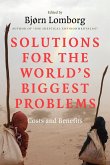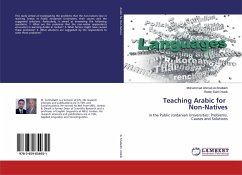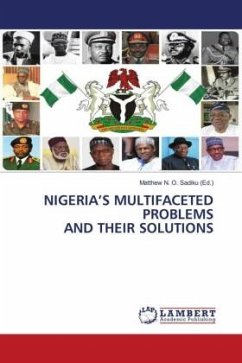This book covers the most common problems experienced in their MRO Spare Parts and Storerooms that plague most industries as well as provides solutions on how to deal with them permanently. One of the most if not the most important KPI for the storeroom is Inventory Accuracy. This book explains why most problematic storerooms have a low Inventory Accuracy. This results in a Domino of problems in the storeroom. Another highlight of this book is how to make a decision on Whether to Stock Parts of Not Inside the Storeroom. The author provides a detailed MRO Algorithm or Decision Diagram which can be used to address this problem. Case Samples are provided on how to use this MRO Decision Diagram. the problem is about managing and controlling them. There are two main goals of MRO Spare Parts and Storeroom, which are quite conflicting. First, this balances the cost of spare inventory and provides all the parts and supplies needed to keep the plant operating. It may sound conflicting or contradicting, but thinking about this thoroughly, it is really not conflicting if the MRO Storeroom is well managed. Second, the role of maintenance is to make the equipment available. Two of the main highlights of this book are to provide the reader an algorithm or MRO Decision Diagram to determine if a spare needs to be stocked or not, and the second is to determine the correct quantity of parts to be stocked in our storeroom. Some of the highlights of this book include: - Provide a decision-making process on whether to stock or not to stock parts inside the storeroom - How the MRO Algorithm or Decision Diagram is Used. Case Samples are provided. - What can we do about squirrel stores and how to eliminate them permanently - Different ways of analyzing MRO Spare parts - Learn the "Golden Law" on MRO Spare Parts that Storekeepers should abide - Learn several options on what to do for obsolete parts inside the storeroom. - What we can do about non-moving parts inside the storeroom - Understand why not all critical parts need to be stuck in the storeroom. - Factors to consider in deciding whether to store parts or not inside the storeroom - Learn a much better way of determining the minimum quantity to be stored besides min-max - How to address squirrel stores permanently - Different ways to analyze MRO Spare Parts - Provide the reader with a step-by-step roadmap on how to finally improve their MRO Storeroom - Understand who are the best people to handle the maintenance storeroom - Learn the roles and responsibilities of the storekeeper - Understand that parts stored inside the storeroom should be maintained - Different methods for Automating MRO Spare Parts and Storeroom - Detailed Step by Step roadmap on how to improve your storeroom - Why improving the storeroom should be done both inside and outside 99.99% of all the problems with MRO Spare Parts and storerooms are man-made, and they may be introduced by the different departments or functions of the organization. What the author believes is that if man created the problem, then let the man find ways to solve their problems on spare parts and storeroom problems. This book starts with a survey on the different problems common to industries in their MRO Spare Parts and Storeroom. As you read each chapter, it will provide the reader with a clear understanding of how to deal with each of these problems. On the contrary, we cannot simply stock every single part of every piece of equipment we have in the plant if your industry still wants to remain in business. Finally, this book provides a detailed roadmap on how to improve industries' storerooms and spare parts.
Hinweis: Dieser Artikel kann nur an eine deutsche Lieferadresse ausgeliefert werden.
Hinweis: Dieser Artikel kann nur an eine deutsche Lieferadresse ausgeliefert werden.

